Introduction
As the world faces the pressing challenges of climate change, energy security, and resource depletion, the transition to sustainable energy systems has become a critical imperative. Integrating hydropower with other renewable energy sources, such as wind and solar, offers a promising pathway to create a resilient and balanced energy future. This article explores the benefits of such integration, the technical and logistical considerations involved, and the potential for a collaborative renewable energy landscape.
The Importance of Renewable Energy Integration
The integration of renewable energy sources is essential for achieving a sustainable energy future for several reasons:
- Reducing Greenhouse Gas Emissions: Combining various renewable sources can significantly decrease reliance on fossil fuels, helping to mitigate climate change and lower greenhouse gas emissions.
- Enhancing Energy Security: A diverse energy mix improves resilience against supply disruptions and price volatility, ensuring a stable and reliable energy supply.
- Optimizing Resource Utilization: Different renewable energy sources have varying production profiles. For example, solar energy is often abundant during the day, while wind energy may peak at night or during different seasons. Integrating these sources allows for better use of available resources.
- Balancing Supply and Demand: Renewable energy generation can be intermittent. Hydropower’s ability to provide flexible and reliable power helps to balance fluctuations in demand and supply, ensuring grid stability.
The Role of Hydropower in Integration
Hydropower plays a unique and vital role in the integration of renewables due to its inherent characteristics:
- Dispatchable Energy Source: Unlike solar and wind, which are dependent on weather conditions, hydropower can be quickly ramped up or down in response to changes in demand or supply, providing essential backup power during periods of low renewable generation.
- Energy Storage: Hydropower reservoirs can serve as energy storage systems, allowing excess energy generated during peak production times to be stored and released when demand is high or other renewable sources are insufficient.
- Pumped Storage Hydropower: This specific form of hydropower allows for even greater flexibility. During periods of low demand, excess electricity can be used to pump water uphill into a reservoir, which can then be released to generate electricity during peak demand periods, effectively acting as a battery.
Technical and Logistical Considerations
Integrating hydropower with other renewable sources involves several technical and logistical considerations:
- Grid Infrastructure: Upgrading and modernizing grid infrastructure is essential to accommodate the variable nature of renewables. Smart grid technologies can enhance grid management and improve the integration of diverse energy sources.
- Geographic Coordination: The geographic distribution of renewable resources is crucial for effective integration. Regions with abundant hydropower may complement areas rich in solar or wind resources, creating a more balanced energy landscape.
- Regulatory Frameworks: Policies and regulations must support the integration of multiple renewable energy sources. This includes creating incentives for investment in renewable technologies, streamlining permitting processes, and ensuring fair access to the grid.
- Energy Management Systems: Advanced energy management systems can optimize the operation of integrated renewable energy systems, allowing for real-time monitoring and control of energy flows to meet demand efficiently.
Success Stories of Integration
Several countries and regions have successfully integrated hydropower with other renewable energy sources, showcasing the potential benefits:
- Norway: With over 95% of its electricity generated from hydropower, Norway has successfully integrated wind energy into its grid. The country’s extensive hydropower infrastructure provides essential backup during periods of low wind production, ensuring a stable energy supply.
- California, USA: California has made significant strides in integrating solar power into its energy mix. Hydropower facilities in the state provide crucial support by balancing fluctuations in solar generation, especially during the evening when solar output drops.
- Germany: In Germany, the integration of hydropower with wind and solar has contributed to the country’s ambitious renewable energy goals. Hydropower plants complement variable renewable sources by providing flexible generation capacity.
- Brazil: Brazil relies heavily on hydropower, which accounts for about 60% of its electricity generation. The country has begun to integrate wind and solar into its energy mix, utilizing hydropower to maintain grid stability and support intermittent sources.
Future Prospects for Integration
The future of integrating hydropower with other renewables looks promising, driven by several key trends:
- Technological Advancements: Innovations in energy storage, smart grids, and advanced hydropower technologies will enhance the efficiency and flexibility of integrated systems.
- Policy Support: As governments increasingly prioritize renewable energy development, supportive policies will encourage investment in integrated systems and facilitate collaboration among energy sources.
- Decentralized Energy Systems: The growth of decentralized energy solutions, such as community-based renewable projects, can further enhance integration and provide local benefits, reducing transmission losses and improving energy access.
- International Collaboration: Cross-border cooperation in renewable energy integration can lead to more resilient energy systems. Sharing resources and best practices across regions will help optimize the use of diverse renewable sources.
Conclusion
Integrating hydropower with other renewable energy sources represents a vital step toward a sustainable energy future. By harnessing the strengths of each energy source, stakeholders can create a more resilient, reliable, and environmentally friendly energy system. As technological advancements, policy support, and collaboration continue to evolve, the potential for integrated renewable energy solutions will only grow, paving the way for a cleaner and more sustainable energy landscape for generations to come.
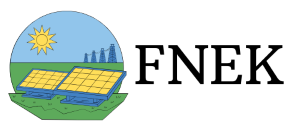
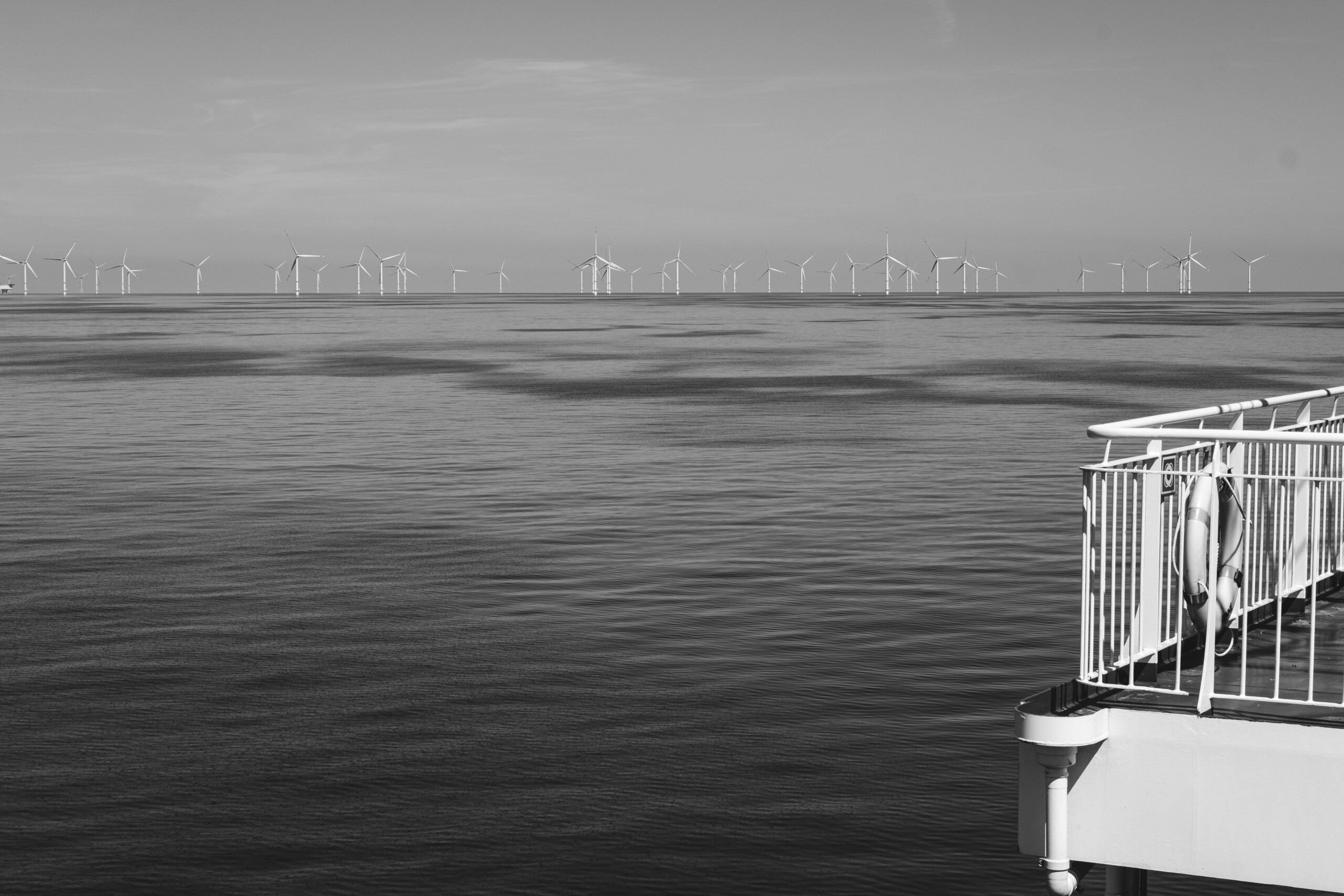

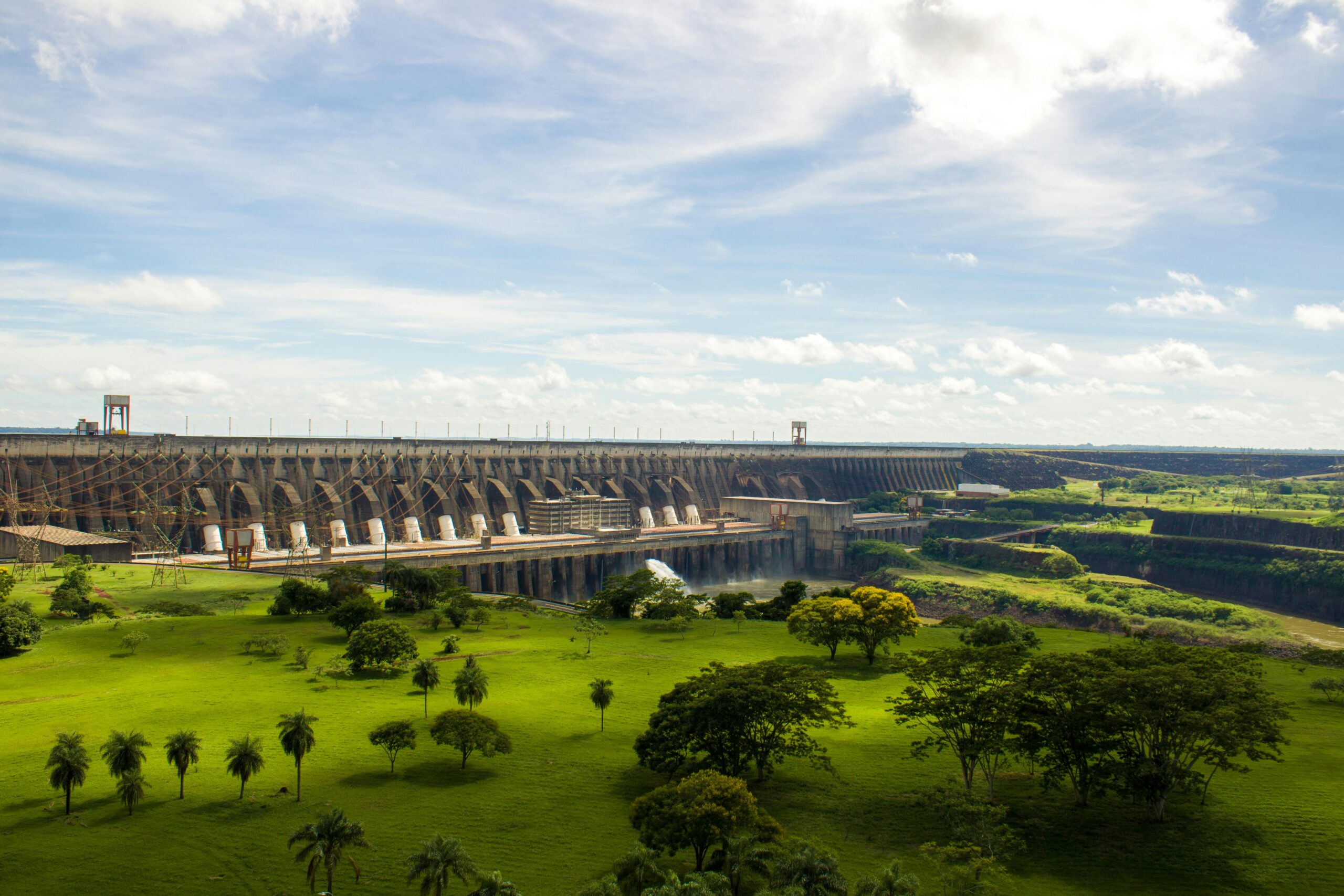
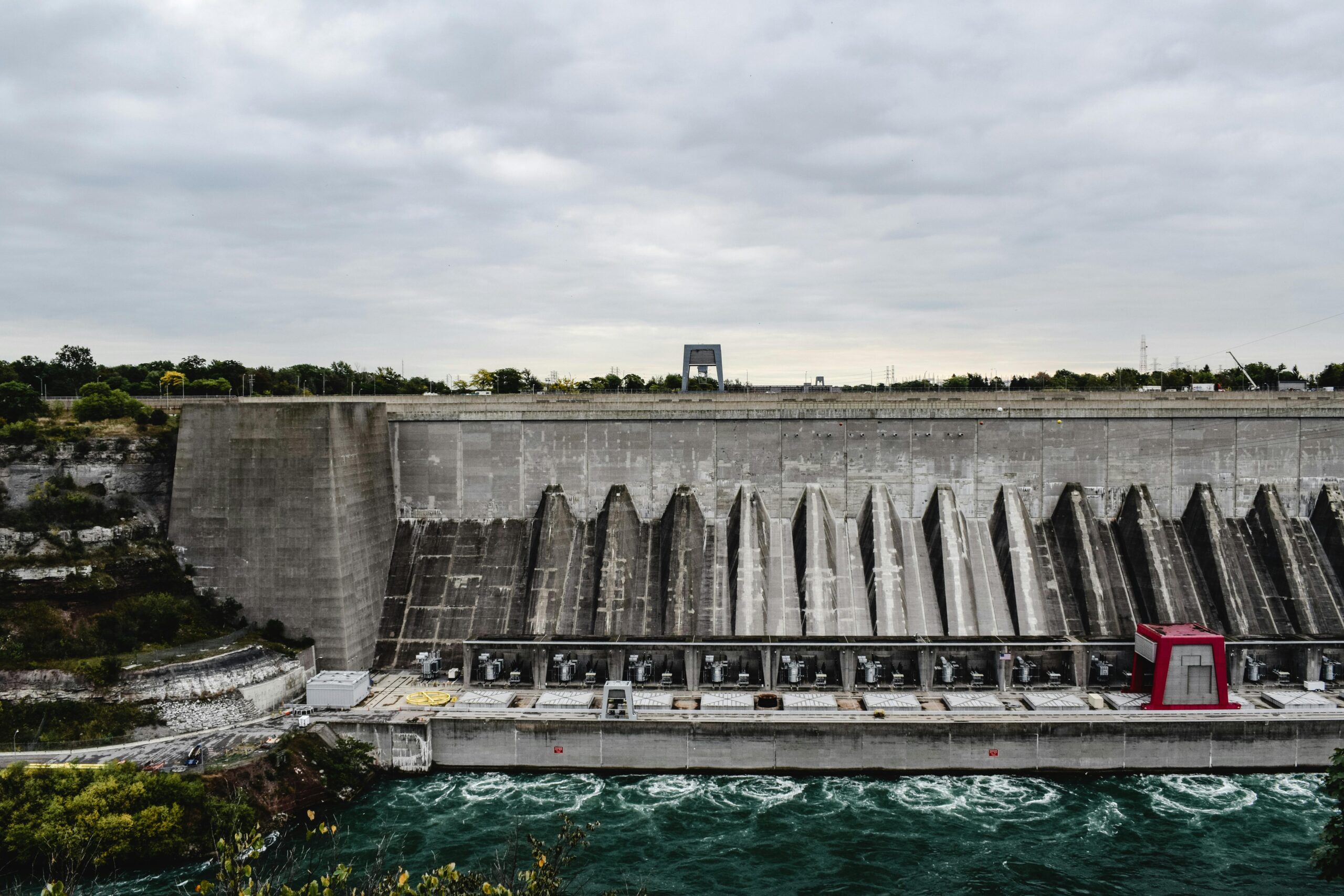


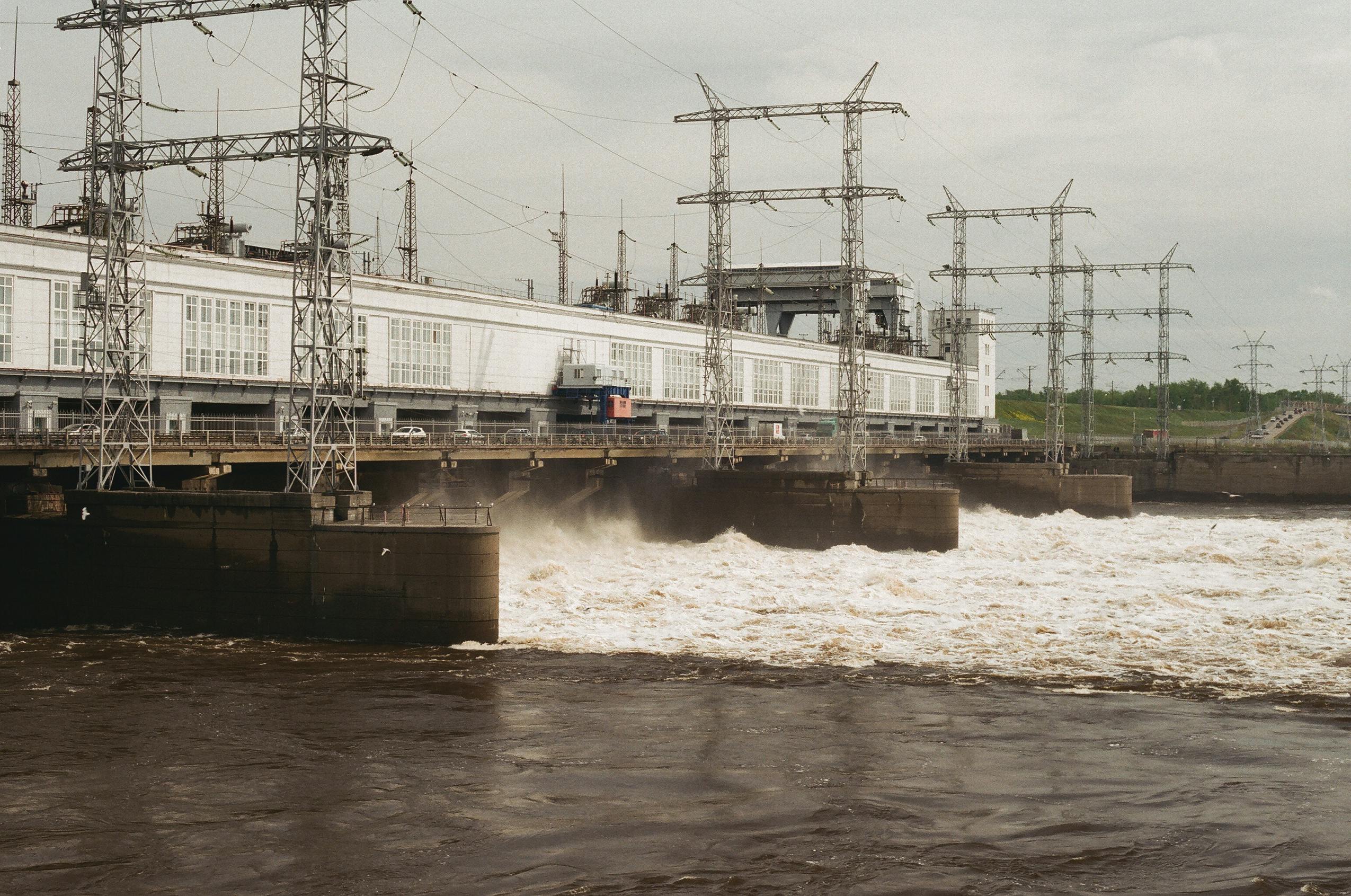
Leave a Comment